URWAHN X MAGAZIN X ERIK SPIEKERMANN
E-Bike Urwahn Platzhirsch Edition
Three partners, one passion: the e-bike manufacturer URWAHN, MAGAZIN and the typographer ERIK SPIEKERMANN have jointly developed a unique e-bike as an edition. PLATZHIRSCH, as the model is called, is extremely attractive, technically up to date and, with its design and color concept, an unmistakable vehicle. The basis for the development of this urban e-bike is also special.
URWAHN X MAGAZIN X ERIK SPIEKERMANN
E-bike madness Platzhirsch, derailleur 11-speed
The e-bike in the limited edition, designed by designer and typographer Erik Spiekermann.
FITS TO THIS
Equipment specification
The concept
Urwahn is the name of the manufacturer from Magdeburg and Platzhirsch is the model name of this unique e-bike. It is extremely attractive, technically state-of-the-art and, with its design and color concept, an unmistakable vehicle. Platzhirsch impresses aesthetically with its elegant design, high-quality equipment and excellent functionality and performance. Urwahn has received numerous prizes and awards for its e-bike concept, including the German Sustainability Award 2022 and the RedDot 2021 in the Bicycle Design category.
The edition
Erik Spiekermann, one of Germany's best-known designers and typographers, designed the surface of the bicycle frame. He is a bicycle enthusiast and also has a passion for bicycles MAGAZIN. The result is a true Spiekermann: the supporting elements of the frame construction are named with a wink. This incidentally refers to the special shape of the frame, because - to quote Spiekermann - "... something is missing!". A discreet and elegant base color was found in pebble grey RAL 7032, the bright accent color traffic orange RAL 2009 marks - quite typical for his work - a part of the unusual shape and is well contrasted with the chosen typography on the main color.
Three questions for Erik Spiekermann
about the challenges and the idea behind the design of the edition
The frame
Extremely shapely and at first glance, the elegant and harmoniously flowing shape is completely different from the usual. The lack of a continuous seat tube and the curve in the struts leading to the rear wheel are unusual. Even more surprising is the material: steel. Until now, the scope for designing with steel seemed to be limited, with formal developments reserved for carbon. Urwahn manufactures the frame using a special 3D printing process in which metal powder is built up in layers and fused with a laser. The already good properties of steel in terms of riding comfort are further improved by the lack of a continuous seat tube. The frame is manufactured in Magdeburg and the powder coater is based in Hanover, so the transportation distances for this technical masterpiece are short. The choice of material is also clever in other respects, as steel has a significantly better CO2 balance compared to carbon and aluminum. Steel is also easier to repair and can later be 100% recycled.
Three questions for Stephan Dornhofer
about the cooperation between Urwahn & Magazin
The equipment
Platzhirsch has an electric hub motor installed in the rear wheel. Its appearance as an e-bike is also otherwise inconspicuous, as no battery unit interferes with the design and appearance. Instead, the battery is fully integrated into the main tube of the frame and is sufficient for a range of around 80 - 100 km. The list of features also includes the best components for functionality, durability and safety. We offer Platzhirsch in the URWAHN X MAGAZIN X ERIK SPIEKERMANN Edition in two versions. On the one hand with a belt drive from Gates or with an 11-speed derailleur system from Shimano, which provides a wide range of gear ratios.
Three questions for Sebastian Meinecke from Urwahn
about the reasons for an e-bike and the special features of Urwahn 3D printing
Feature
A new look at an old idea
Urwahn rethinks e-bikes - and Erik Spiekermann thinks about surfaces
A new look at an old idea
You can't quite get rid of the idea that anyone who rides an e-bike is cheating! The bicycle is a means of transportation that draws on human power. What's more, it shows twice what you are capable of. Firstly, in terms of physical performance. But also technically: riding physics meets the art of engineering. This principle has undergone numerous updates over the last 150 years. Better brakes. Better gears. A better frame. The basic idea has always remained the same.
This basic idea has become deeply ingrained in everyday life. According to the German Bicycle Industry Association, there are 79.1 million bicycles in Germany alone. The operating principle of these 79.1 million bikes is the same - and yet they are different. The pensioner in Munich rides to the Viktualienmarkt on Saturday to do her shopping on a ladies' bike with an extra-low step-through. The little girl in Thuringia gets on her metallic red children's bike every day to get to school safely and quickly. The elderly gentleman in a small Black Forest town eats up the kilometers on an Italian steel racer. And then there's the e-bike. Almost two million were sold in 2020 alone. Ten years earlier, it was only 200,000. Why this boom? Why do people want to electrically reinforce such a simple idea as cycling? Enter Sebastian Meinecke, Managing Director and Marketing Director at Urwahn Bikes. He founded the Magdeburg-based manufacturer in 2013 and is one of the innovators in Germany when it comes to e-bikes. "We set out to turn inner-city mobility inside out," he says - and with this sentence, he also highlights the development that the e-bike has undergone over the last two decades.
For a long time, e-bikes were regarded as the means of transportation for all those who no longer dared to go on long tours; gentle spirits who bravely pushed them along the cycle paths of the republic. "That's long been a thing of the past," says Meinecke. The mobility turnaround has brought about a paradigm shift. The e-bike is now taken seriously because it significantly extends the range of a conventional bicycle. The bicycle he developed, the Platzhirsch, combines this new way of thinking with disruptive approaches to design and functionality and the revolutionary technology of 3D printing in bicycle manufacturing. The manufacturing process takes effect where conventional methods fail. More precisely, it enables a departure from the classic shape of the bicycle, the so-called diamond frame. Its static principle is broken up. The idea that something is missing - namely the classic seat tube - is obvious. But the omission leads to added value: the saddle is lightly sprung and more comfortable. It is most comparable to a cantilever. The material, however, takes up the traditions of bicycle construction: Urwahn prints with steel. The battery is integrated into the frame and is not immediately visible.
The history of the e-bike goes back a long way. In 1859, Ogden Bolton Jr. presented his "Electrical Bicycle" in the USA, which dispensed with pedals but came with a diamond frame. A certain Albert Hensel filed a patent application in Germany 40 years later for a bicycle that combined electric and pedal drive. But the e-bike was soon forgotten; the 20th century was a century of oil. This did not change until the 1990s, when technical devices whose trump card was the absence of cables became established. The lithium-ion battery became cheaper and more powerful. This laid the foundations for the e-bike boom.
It was never something Erik Spiekermann was interested in. The German designer and typographer is a racing cyclist. He talks with wit and understanding about Delta brakes and the mechanical imposition of the front derailleur, about tours through the Dolomites and the advantages of single-speed bikes. His heart beats for the Italian racing bike classics - and their often brightly colored designs. "With the Italians, the boss liked to do it himself," he says with a laugh. "It's actually kitschy, they sometimes look like circus wagons. But they're still great because they have a historical origin." That was one of the reasons why he agreed when it came to adding his own signature to the Platzhirsch. "Refining a frame is an exciting task for a designer," he says. "You don't actually have any surface at all!" The old Bauhaus adage of form following function is given a twist in his case: form explains function. "I have a principle with stories like this: I want to make the syntax of a design visible," he says. "The dimensions, the numbers." In the case of a bicycle, this design approach makes double sense, as dimensions and numbers are of fundamental importance. The frame is based on body size. The gear has something to do with the transmission. However, Spiekermann rejected the idea of incorporating these fine measurements into the design, as they differ depending on the frame size.
Instead, he has labeled the individual pipes, explaining the basic principle of the Platzhirsch with a few words. Meinecke likes that: "It fits like a glove. We come from a technical background and are innovation pioneers. Erik has brought in a very nice attitude that brings the modern design of our bike back down to earth!" And the colors? They once again open up new scope for interpretation. The traffic orange that adorns the frame below the saddle is a nod to all those who work on construction sites or in urban infrastructure, while the pebble gray reflects urban living spaces made of concrete and asphalt. Both analogies are obvious. At the same time, it is self-confident to play with them, as green is generally regarded as the color of the mobility revolution. But that is precisely what makes the Platzhirsch so special: It challenges the status quo.

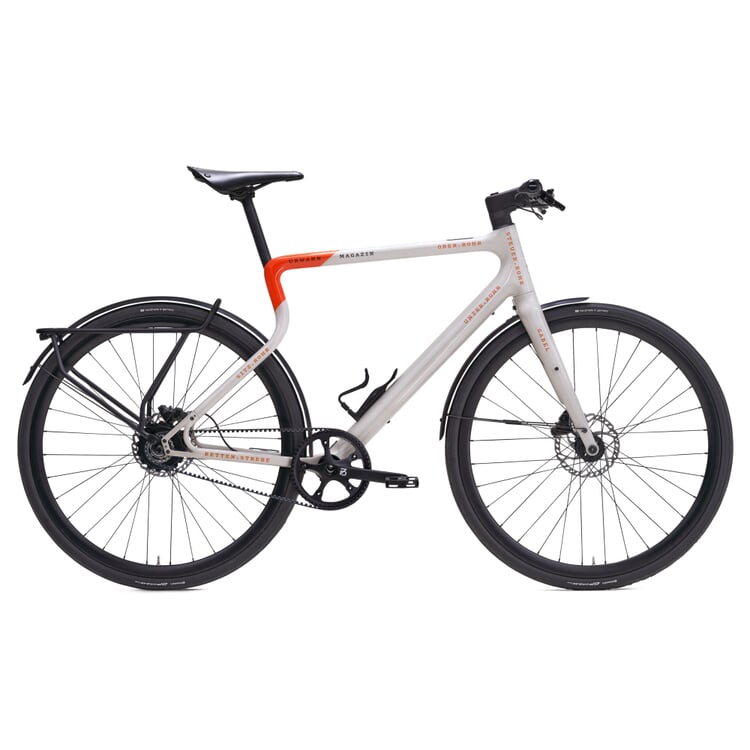

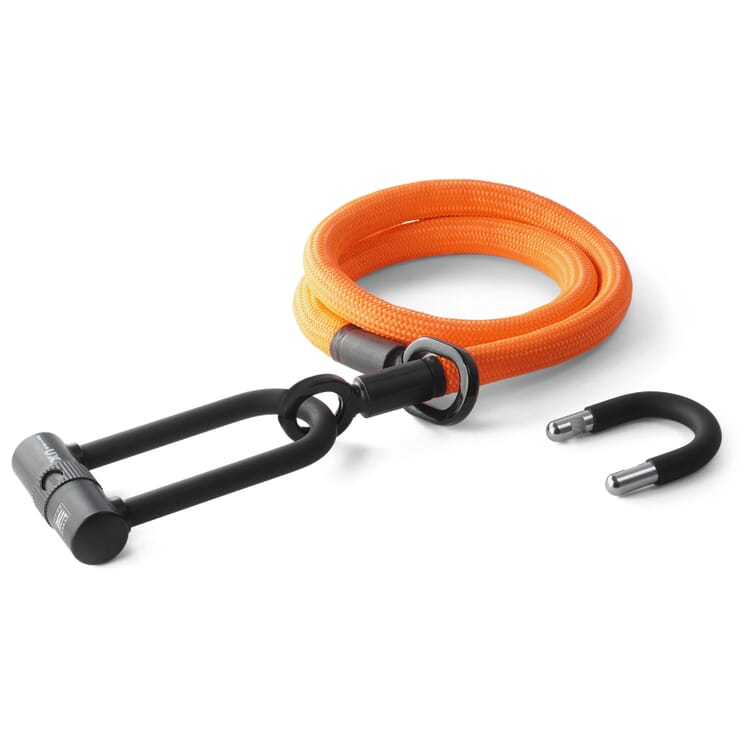

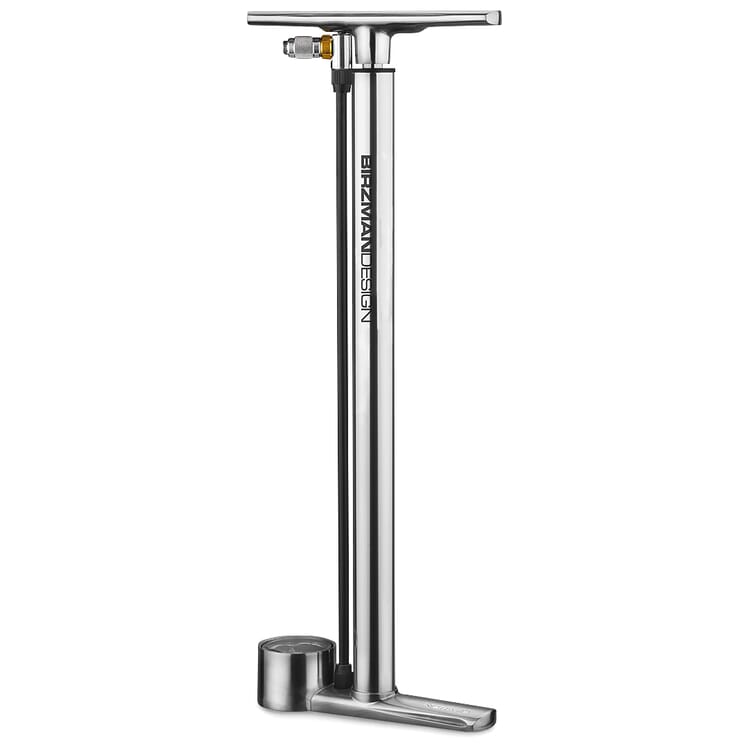

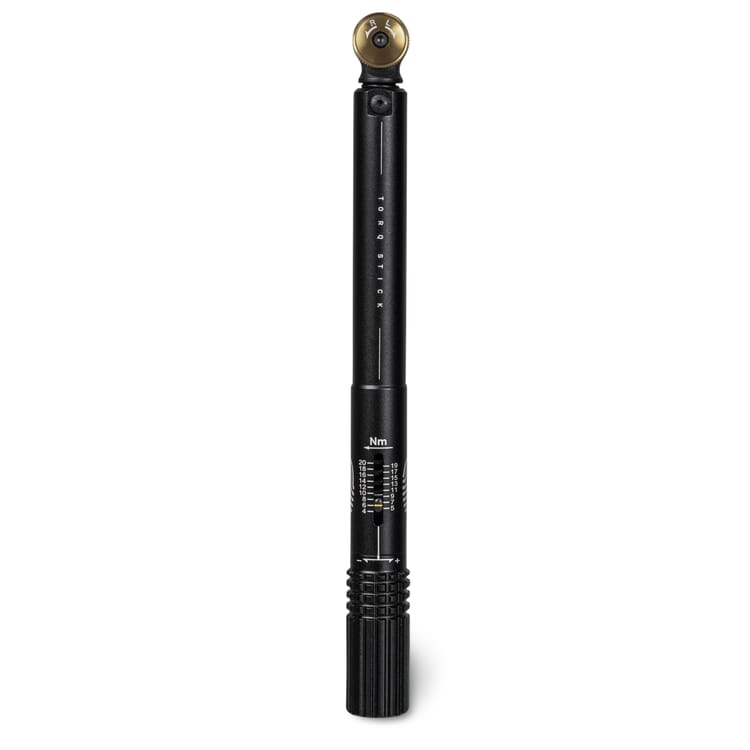

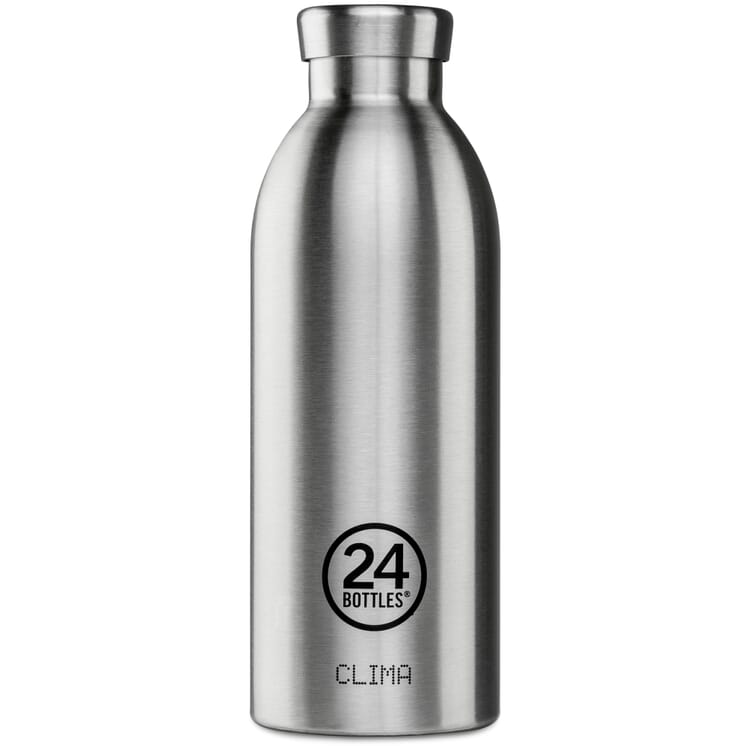

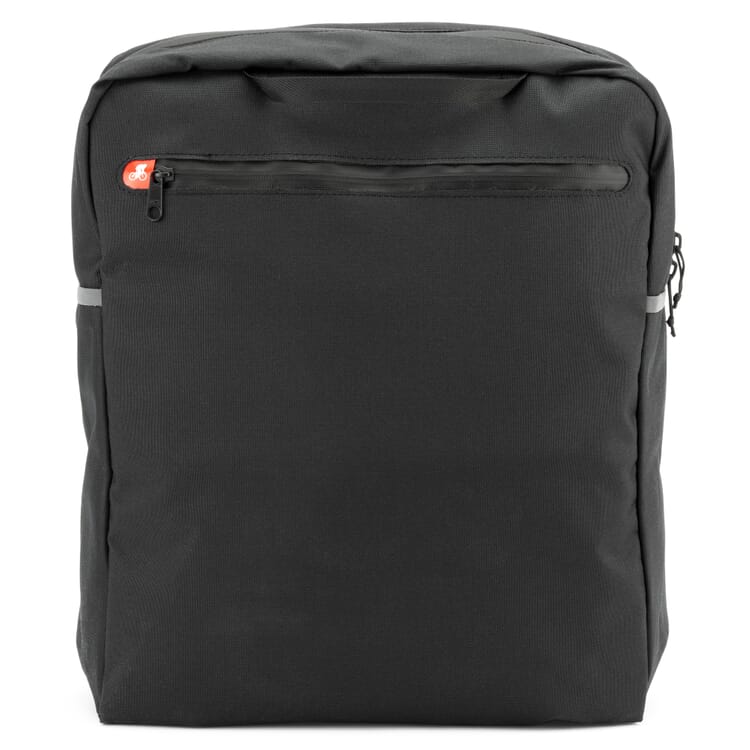











.jpg?profile=kurator_32)
.jpg?profile=kurator_1250)

